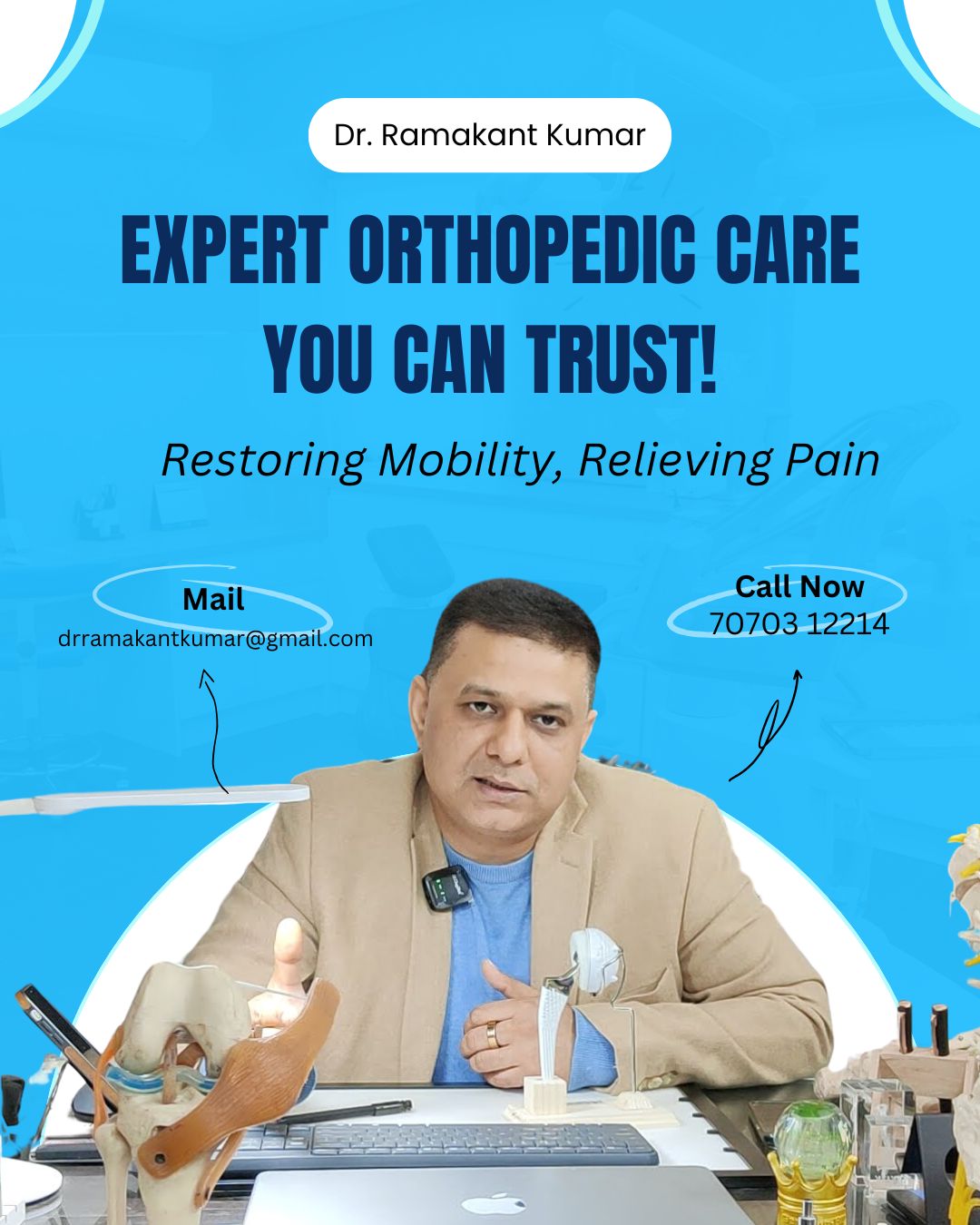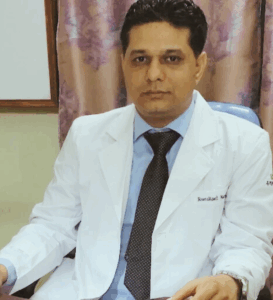What Is Elbow Arthroscopy?
Elbow arthroscopy is a minimally invasive surgical procedure that has revolutionized the diagnosis and treatment of various elbow conditions.
This advanced medical technique allows orthopedic surgeons to access and visualize the intricate structures within the elbow joint through small incisions, using a tiny camera and specialized instruments. Why Elbow Surgery?
Whether it’s addressing conditions like tennis elbow, removing loose bodies, or repairing ligament tears, elbow arthroscopy offers numerous advantages, including quicker recovery times and reduced post-operative discomfort compared to traditional open surgery.
In this article, we will delve into the world of How Long Does Elbow Stiffness Last exploring its indications, procedures, benefits, and potential risks to provide a comprehensive understanding of this valuable medical procedure.
Contents
- 1 Process of Elbow Arthroscopy
- 2 Treatment Procedures for Elbow Arthroscopy
- 3 Complications of Elbow Arthroscopy
- 3.1 #1. Infection:
- 3.2 #2. Nerve or blood vessel injury:
- 3.3 #3. Excessive bleeding:
- 3.4 #4. Stiffness and scarring:
- 3.5 #5. Pain and swelling:
- 3.6 #6. Incomplete resolution of symptoms:
- 3.7 #7. Safety Measures:
- 3.8 #8. Pre-operative evaluation:
- 3.9 #9. Informed consent:
- 3.10 #10. Follow pre-operative instructions:
- 3.11 #11. Post-operative care:
- 3.12 #12. Physical therapy:
- 3.13 #13. Monitor for signs of infection:
- 3.14 #14. Attend follow-up appointments:
- 4 Tips on Elbow Arthroscopy by Dr. Ramakant Kumar
Process of Elbow Arthroscopy
It involves the use of a small camera (arthroscope) and specialized instruments inserted through small incisions in the elbow joint. Here’s a general outline of the procedure:
#1. Patient Preparation:
The patient Positioning For Elbow Arthroscopy on the operating table, typically in a lateral decubitus position (lying on their side).
The patient is given anesthesia to ensure they are comfortable and pain-free during the procedure. This may be general anesthesia, regional anesthesia (nerve block), or a combination of both.
#2. Incision Placement:
The surgeon makes two or more small incisions (about 5-7 mm each) around the elbow joint. These incisions are strategically placed to allow access to different parts of the joint.
#3. Arthroscope Insertion:
The arthroscope, a thin, flexible tube with a camera and light source at the end, is inserted through one of the incisions. It provides a clear view of the inside of the elbow joint on a monitor.
#4. Joint Examination:
The surgeon carefully examines the joint, looking for any abnormalities, such as loose bodies, damaged cartilage, torn ligaments, or inflammation.
Treatment Procedures for Elbow Arthroscopy
Depending on the findings, various treatments can be performed during the arthroscopy:
- Removal of Loose Bodies: If there are loose bone or cartilage fragments in the joint, the surgeon can remove them using specialized instruments.
- Ligament Repair: Tears in the ligaments of the elbow can be repaired or reconstructed.
- Cartilage Procedures: Damaged cartilage can be treated, and procedures like microfracture or debridement may be performed.
- Synovectomy: If there is inflammation of the synovial lining, it may be removed.
- Tendon Release: For conditions like tennis elbow (lateral epicondylitis), the surgeon may release the affected tendons.
- Rinsing and Closing: The surgeon may use a sterile saline solution to rinse the joint, removing any debris or loose tissue. After completing the necessary procedures, the surgeon carefully closes the incisions, often with sutures or steri-strips.
- Dressing and Bandaging: The surgical area is dressed and bandaged, and a splint or brace may be applied to immobilize the elbow temporarily.
- Recovery and Postoperative Care: The patient is monitored in the recovery room as they wake up from anesthesia.
Pain management and instructions for Elbow Arthroscopy Recovery care are provided.
Physical therapy may be recommended as Tips for Elbow Arthroscopy and regain full range of motion and strength in the elbow.
It’s important to note that the specific details of an Elbow Arthroscopy Cost can vary depending on the patient’s condition and the surgeon’s approach.
You can also read the link between Back Pain and Knee Pain here.
The above outline provides a general overview of the procedure. Patients should consult with their surgeon to get a detailed understanding of their individual case and the steps involved in their surgery.
It’s essential to discuss the potential risks and safety measures with your surgeon before undergoing elbow arthroscopy.
Complications of Elbow Arthroscopy
Here are some complications and safety measures associated with this procedure:
#1. Infection:
Infection is a potential risk with any surgical procedure. To minimize this risk, surgeons follow strict aseptic techniques and may prescribe antibiotics before and after the surgery.
#2. Nerve or blood vessel injury:
There is a small risk of damaging nearby nerves or blood vessels during the procedure. Surgeons use advanced imaging techniques and have specialized training to minimize this risk.
#3. Excessive bleeding:
Although arthroscopy is minimally invasive, there can still be some bleeding. Surgeons monitor and control bleeding during the procedure.
#4. Stiffness and scarring:
After elbow arthroscopy, some patients may experience stiffness in the joint or develop scar tissue. Physical therapy and rehabilitation are essential to prevent or address these issues.
#5. Pain and swelling:
It is common to experience pain and swelling after the procedure. Pain management strategies, How To Straighten Elbow After Surgery, How To Bend Elbow After Surgery, medications and ice, are used to alleviate discomfort.
#6. Incomplete resolution of symptoms:
While arthroscopy can be effective in diagnosing and treating many elbow conditions, it may not always fully resolve the underlying issue.
Your surgeon will discuss the potential outcomes and alternative treatment options with you.
#7. Safety Measures:
Ensure your surgeon has skill in performing elbow arthroscopy. Ask about their credentials, success rates, and the number of similar procedures they have performed.
#8. Pre-operative evaluation:
Your surgeon will conduct a thorough pre-operative evaluation to assess your overall health and identify any underlying medical conditions that may increase the risk of complications.
#9. Informed consent:
Your surgeon should explain the procedure, its risks, and expected outcomes to you. Make sure you understand and sign the informed consent form before the surgery.
#10. Follow pre-operative instructions:
Adhere to any pre-operative instructions provided by your surgeon, which may include fasting and discontinuing certain medications.
#11. Post-operative care:
Follow your surgeon’s Tips for Elbow Arthroscopy instructions carefully. This may include immobilization, wound care, and a rehabilitation plan.
#12. Physical therapy:
Participate in a structured physical therapy program as prescribed by your surgeon. Such Physical therapy helps improve range of motion, strength, and reduce the risk of stiffness and scarring.
#13. Monitor for signs of infection:
Keep an eye out for signs of infection, such as increased pain, redness, swelling, or drainage from the surgical site. Contact your surgeon if you suspect an infection.
#14. Attend follow-up appointments:
Attend all scheduled follow-up appointments with your surgeon to ensure proper healing and address any concerns promptly.
Tips on Elbow Arthroscopy by Dr. Ramakant Kumar
Remember that complications from elbow arthroscopy are relatively rare, and the procedure is generally consider safe and effective for diagnosing and treating various elbow conditions.
However, it’s crucial to discuss any concerns or questions you may have with your healthcare provider before undergoing the surgery.
Tips for Elbow Arthroscopy, as discussed by Dr. Ramakant Kumar, represents a significant advancement in the field of orthopedic medicine.
Thus minimally invasive procedure offers patients the benefits of reduced pain, faster recovery times, and improved overall joint function.
Dr. Kumar’s expertise in this area underscores the importance of seeking out skilled and experienced surgeons for such procedures.
With ongoing advancements in medical technology and surgical techniques, Elbow Arthroscopy continues to offer hope and relief to individuals suffering from a range of elbow-related conditions.
It is a testament to the dedication of medical professionals like Dr. Ramakant Kumar in their pursuit of enhancing the quality of life for their patients through innovative and effective treatments.




